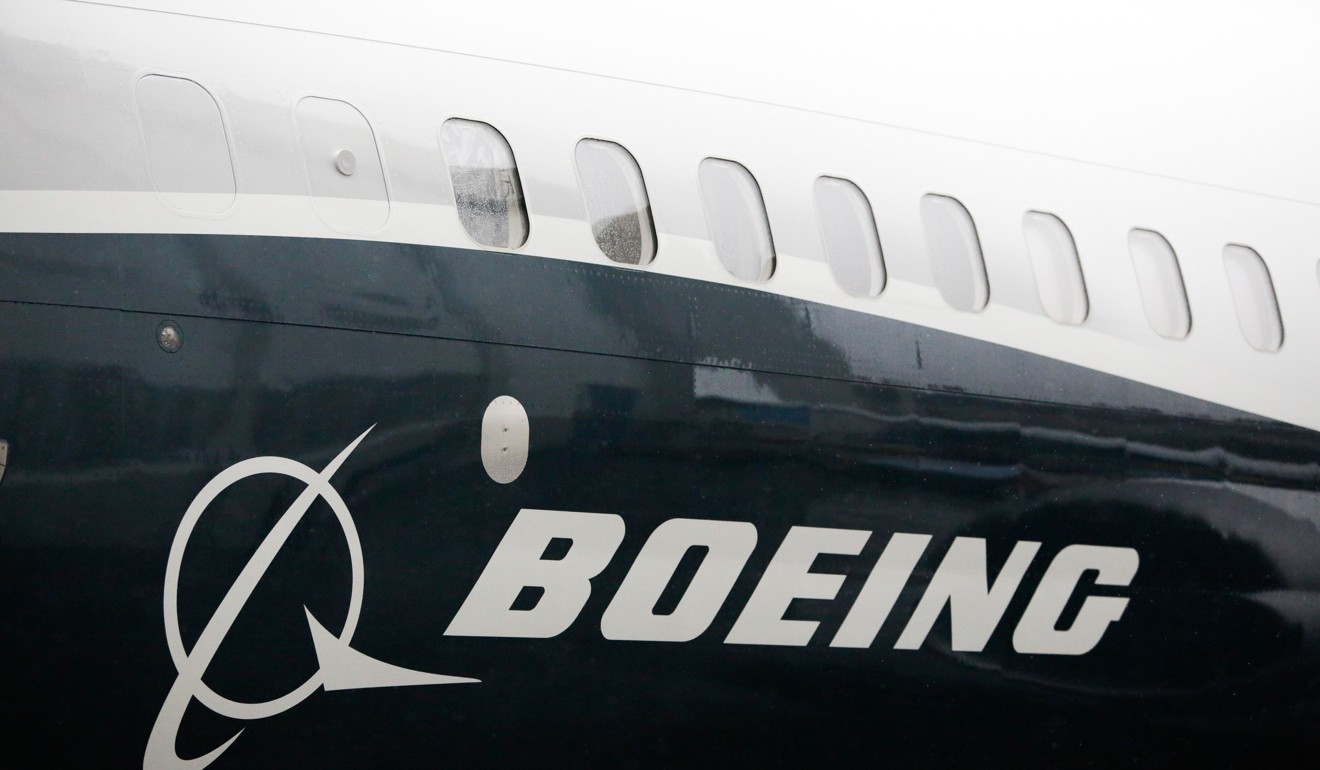
Donald Trump’s US$250 billion of deals with China is ‘fake news’ at best
Most of the deals are just expressions of interest, projects already underway and aspirational arrangements that will never be realised
Declarations that the US and China have signed trade and investment deals worth US$250 billion are almost certainly fake news at best and deception at worst.
President Donald Trump in his usual bombastic way described the deals signed in Beijing as being “tremendous, incredible, job-producing agreements”. President Xi Jinping, wisely, declined to echo this hyperbole.
The trusty old MOU merely says X or Y will happen if a number of other things come together. It is barely worth the paper it is printed on
Hopefully Mr Xi’s reticence is because he appreciates that most of these deals are little more than expressions of interest, others relate to projects that were already underway, and helping to contribute to this impressive total are deals amounting to little more than aspirational arrangements with only a slender chance of being realised.
All that can be said in President Trump’s defence is that he was following the lead of other heads of state who need something positive to say in the wake of lacklustre high-level summits and so announce dazzling business deals to fill the vacuum.
The way it works is pretty standard and was explained to me by a wily trade negotiator who accompanied his prime minister on a number of trips, not dissimilar to the one recently seen in Beijing.

Secondly, you put together what are generally described as memoranda or heads of agreement saying that company A will work with company B to achieve this or that amount of business. This is very far from being a legal contract with specific details; it is really no more than a statement of intent.
Thirdly, you mobilise our old friend – the memorandum of understanding – which ranks even below the memorandum of agreement in terms of specific commitments. The trusty old MOU merely says that X or Y will happen if a number of other things come together. It is barely worth the paper it is printed on.
Finally, there may indeed be some agreements that genuinely arise from the heads of state’s dialogue. These tend to relate to defence projects, carrying weighty strategic implications, or to large infrastructure projects where the governments themselves are a direct party to the transaction. However as my wily informant reminded me, even these deals can remain at the aspirational level because they are usually announced before concrete details are hammered out.
Few people bother to track what happens after the deal headlines have faded but it the outcome is certain to be way below what was promised
With this in mind let’s take a closer look at what was allegedly “agreed” in Beijing this month. The biggest of the deals is China Energy Investment Corp’s plan to invest US$83.7 billion in a complex bunch of power generation, manufacturing and storage projects in West Virginia. However, at this stage, all that has been signed is an MOU, and bear in mind that these projects span a 20-year period.
The status of this deal is similar to but less advanced than the US$43 billion Alaska liquefied natural gas project which involves three Chinese parties who may or may not sign on the dotted line by the target date of 2019.
More likely to be realised is Boeing’s US$37 billion worth of orders and commitments for 300 jets. However the company is being distinctly coy when asked to confirm whether any of these orders are actually new business or orders already on the books.
These three deals alone account for two thirds of the business allegedly agreed at the US-China summit. Others are much smaller, and the majority of them represent intentions as opposed to solid agreements.
Few people bother to track what happens after the deal headlines have faded but it is safe to say that whatever figure was given during the hot flush of a concluded summit, the outcome is certain to be way below what was promised.
This is precisely what happened in the wake of President Xi’s much heralded 2015 visit to the UK when the then British premier David Cameron gushed about “a global comprehensive strategic partnership for the 21st century”. Even before the headlines’ ink had dried, Britain was embarrassed and had to backtrack on claims that US£40bn worth of deals were signed, the figure from the Chinese side being closer to US£30bn. Then it transpired that most of the deals were little more than aspirational or involved business already underway. Sports carmaker Aston Martin actually secured a US£50m investment but the absurd figure-juggling that followed the summit was highlighted by a claim that the Chinese carmaker Geely – which already owns the maker of London’s distinctive black cabs – was going to expand a factory where work was already underway on the expansion plan.
Welcome to the world of smoke and mirrors.
Stephen Vines runs companies in the food sector and moonlights as a journalist and a broadcaster
Illustration: Lau Ka-kuen

